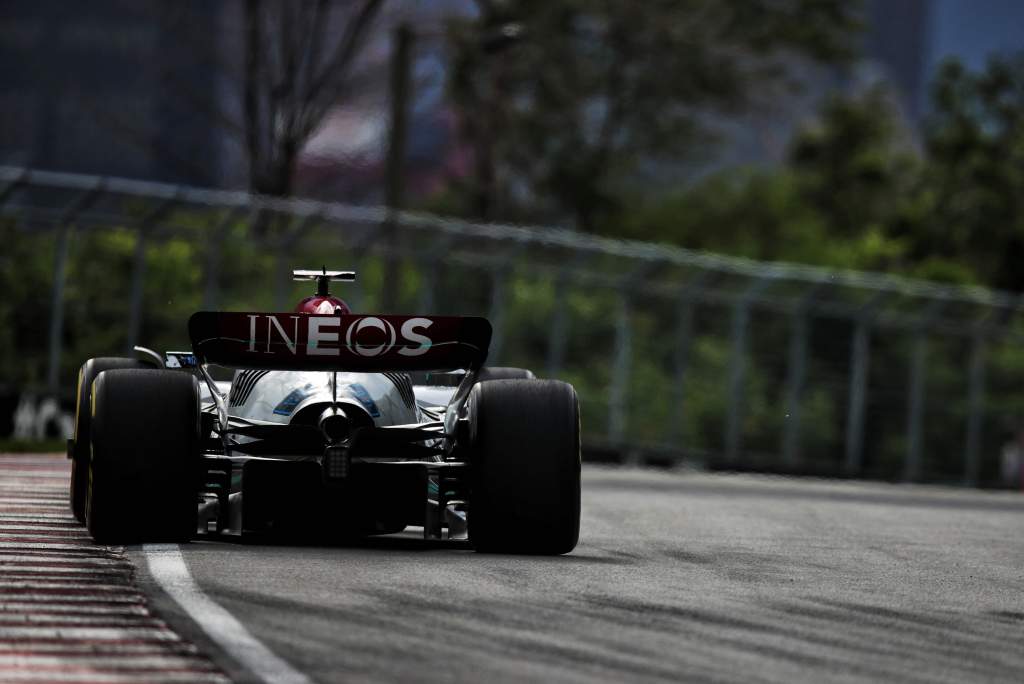Up Next

Prior to the Canadian Grand Prix weekend, Formula 1 delayed the introduction of a metric to define what is an acceptable level of vertical acceleration to subject the drivers’ bodies to. But while gathering more information is never a bad thing, I have no doubt that given the data the FIA and the teams have on hand it would be easy to come up with a good starting point for this metric very quickly.
The politics, of course, are a little more complicated. But once you have something in place to work from then it’s a lot easier to alter the numbers based on that starting point. Rome wasn’t built in a day, although that city-building project was relatively simple compared to getting something agreed between 10 F1 teams.
But there are a couple of simple changes that could be implemented that would put the onus back onto the teams to limit what the drivers go through.
Firstly, I would take the first part of the FIA’s technical directive covering inspections of plank and skid wear and the mounting system for that plank.
PROBLEM 1
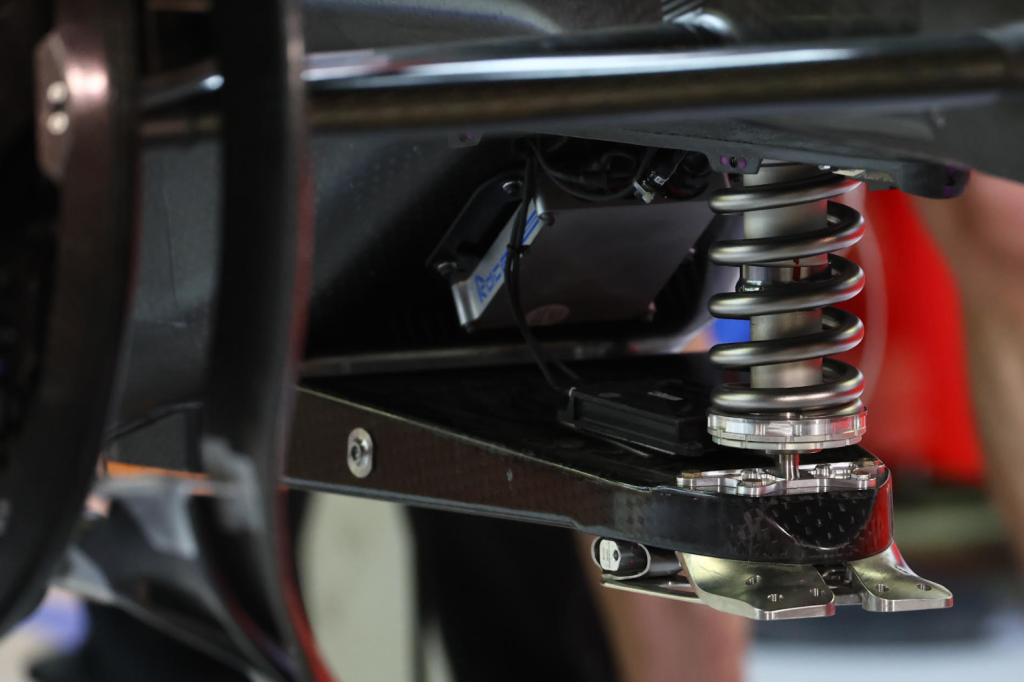
I would look at the springing medium that most, if not all, teams have mounting the front bib of the floor to the underside of the chassis.
This in itself is a decent way of protecting the chassis from damage if you go over one of those stupid sausage kerbs, but the teams have taken advantage of that and ended up with a preloaded spring that allow them to pass the FIA load test.
But when the car is running on the ground, it overcomes the preload and allows the front of the car to lower without wearing the front skid or the plank.
Also, the FIA should take a close look to check if any teams have a similar system on the rear of the car. The teams using a pushrod rear suspension may just have created an area to allow them to package a system inside the bellhousing just behind the rear face of the engine.
Within their mounting packaging, they may also have a trick high-rebound damper meaning that when the floor deflects for the first time it stays in that position for a long time and only really recovers once the car has been stationary for a while.
This means that the bib of the floor can basically lock in the ‘up’ position once it has been deflected.
I doubt any team has anything other than a high-resistance system to slow down this recovery. Or at least, I would hope not…
SOLUTION
Double the upward test load. Also, when the load is removed, which needs to be done more or less instantly, the bib deflection needs to go back to its zero position immediately.
PROBLEM 2
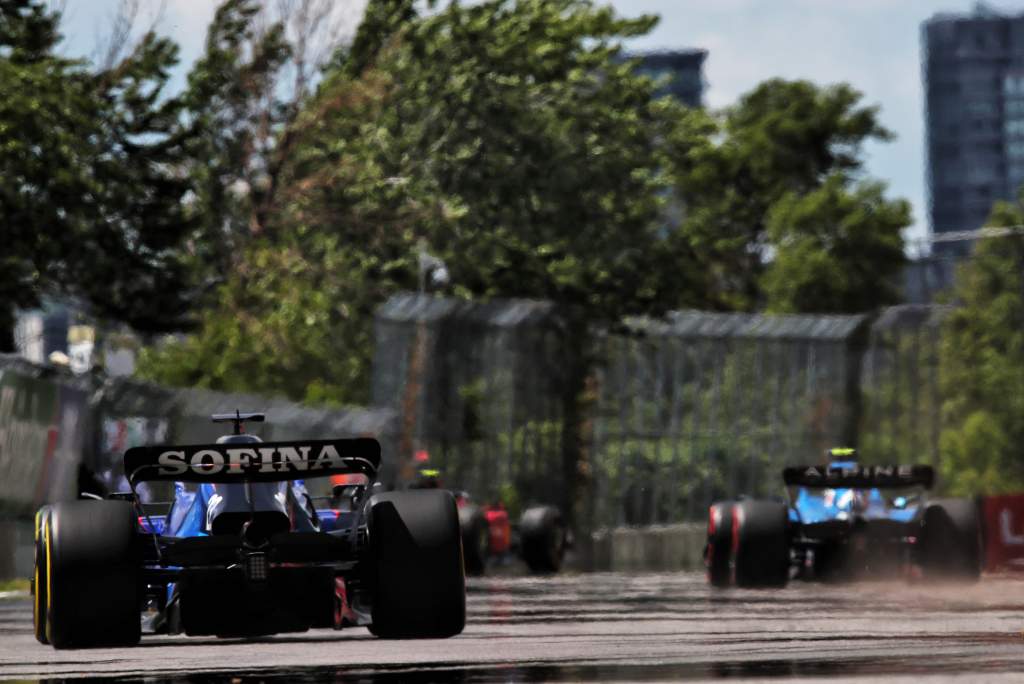
I would also look closely at the plank regulations. To give a bit of background with one of my history lessons about where this rule came from, we have to go back to Imola 1994.
Up until that time, the cars were bottoming much more than they are currently. It was even believed that this was leading to track damage.
Then, after that dreadful weekend and Ayrton Senna’s death, the plank was introduced.
Initially this was a simple 10mm plank of a reasonable-density laminate, a bit like a very expensive plywood. The maximum wear anywhere across its area was one millimetre, so basically you had to have a minimum of nine millimetres of thickness left.
After a few drivers suffered with local areas of excess wear, there was a weight comparison of a minimum of 90% of a new plank brought into play. Some metal skids were also allowed to protect those areas of excess wear. Famously, Michael Schumacher was disqualified from victory at Spa in 1994 for too much wear.
Initially, there was no maximum surface area for the skids. So at Stewart GP in 1999 we pushed it to the limit by having just a picture frame of the wooden plank with a brass infill.
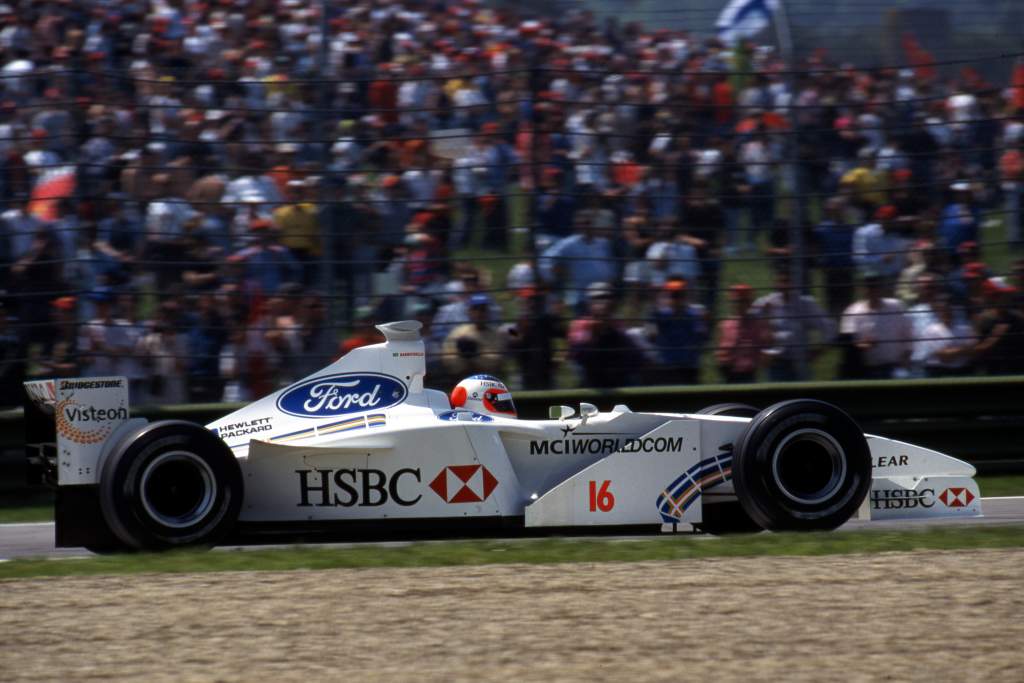
This was to lower the centre of gravity, which it did handsomely. But the FIA didn’t quite agree so we got disqualified from the 1999 Spanish GP. However, it did highlight that the skid surface area was important.
From there, the plank and skid regulations have evolved, though they have gone around in circles until now and are very complicated. In effect, like lots of other regulations, they don’t achieve the objective of stopping the cars from banging into the ground.
To add to all that, the teams started to use very high-density skids – or as they were called retaining washers. These were made from tungsten, but if for any reason one came off they were like a bullet going through the air. If they hit another driver, a marshal or a spectator, they would definitely hurt, or even worse.
As a result, the maximum density was reduced to something more practical. After that, the FIA added that they had to be made from titanium. The simple reason for that was that the sparks looked good on TV, especially during night races.
SOLUTION
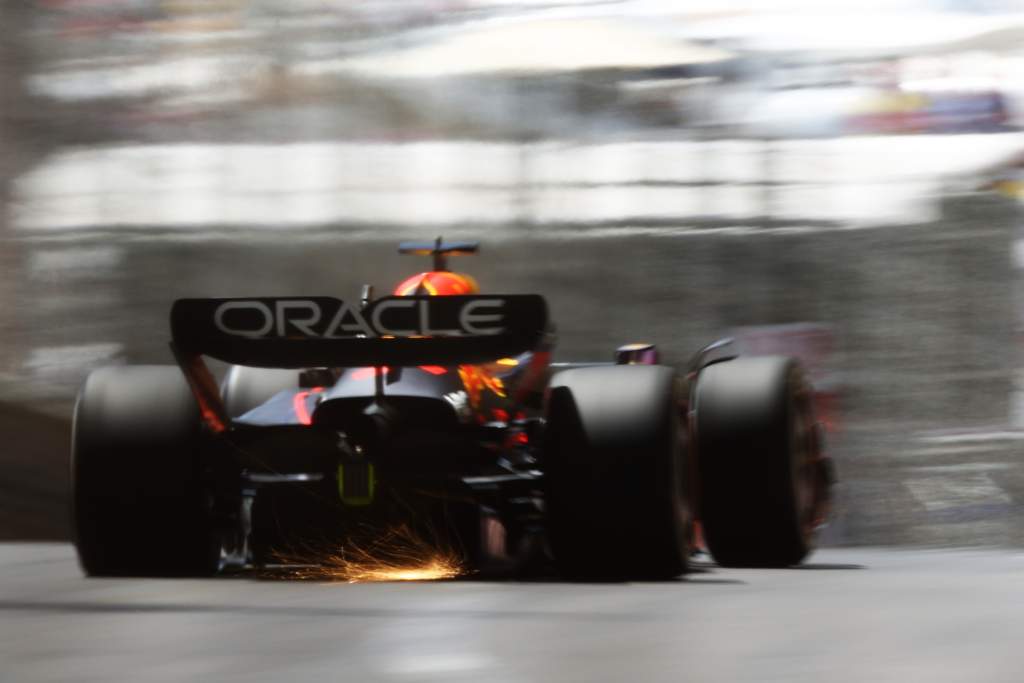
Reduce the area of the titanium skids. Currently, they are a total of 24000mm-squared with each individual skid area having a maximum of 4000mm-squared. That’s roughly a square of 64mm x 64mm. This means you can have a maximum of six of these.
If each individual skid area was halved to a maximum of 2000mm-squared (45mm x 45mm) while still allowing a maximum of six, it would mean a total skid area of 12000mm-squared.
Doing this would mean the wear rate would double, meaning the teams would have to react with the ride height they can run the cars at, otherwise they would suffer increased plank wear.
Keeping the titanium skids means you would still satisfy the spark requirement for the TV spectacle, otherwise you could simply use a different material with a higher wear rate – for example, good old simple aluminium.
These two changes combined would inevitably mean the severity of the bouncing thanks to bottoming out would be reduced as you wouldn’t be able to run the plank or the skids on the ground so much without getting a penalty.
I don’t know what that penalty should be, but it shouldn’t be a disqualification as we all want to make sure we get a race result that stands. My suggestion would be that it could be a points reduction both for the constructors’ and drivers’ championship, depending on the severity of the wear.
Sometimes the best way to solve a problem is indirectly, and this could be a good alternative to a specific limit on the intensity of the vertical oscillations and with that a reduction in porpoising as you wouldn’t be able to consistently run the car low to the ground.


